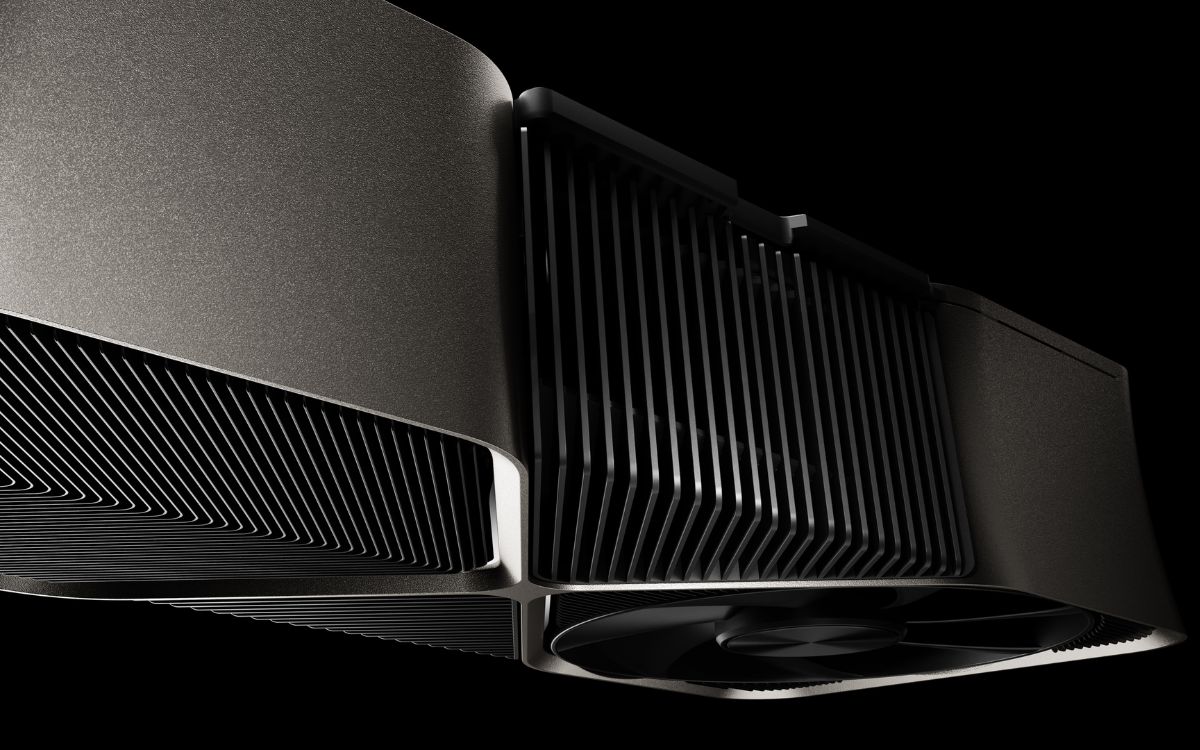
Of the three current gaming image upscaling technologies available on the market today, NVIDIA DLSS is the only one that requires dedicated hardware to run. It depends on the tensor cores that debuted in Ampere GPUs, the GeForce RTX 20, leaving aside all other NVIDIA generations, that is, a large number of video cards. This support, at most, extends to mobile SKUs, the dedicated graphics chips (RTX) present in notebooks.
Because of this, it is not difficult to know which video cards support DLSS, whatever its version, with the exception of the last one (DLSS 3), which is something exclusive to the Ada Lovelace architecture (RTX 40). There are still some variations in the current version of the technology, which opens up the range of supported GPUs. We will talk more about this at the end of this article.
DLSS 1, DLSS 2, DLSS 3.5 (ray reconstruction)
- GeForce RTX 2050 (mobile)
- GeForce RTX 2060
- GeForce RTX 2060 Super
- GeForce RTX 2070
- GeForce RTX 2070 Super
- GeForce RTX 2080
- GeForce RTX 2080 Super
- GeForce RTX 2080 Ti
- Nvidia TITAN RTX
- GeForce RTX 3050
- GeForce RTX 3050 Ti (Mobile)
- GeForce RTX 3060
- GeForce RTX 3060 Ti
- GeForce RTX 3070
- GeForce RTX 3070 Ti
- GeForce RTX 3080
- GeForce RTX 3080 Ti
- GeForce RTX 3090
- GeForce RTX 4050 (mobile)
- GeForce RTX 4060
- GeForce RTX 4060 Ti
- GeForce RTX 4070
- GeForce RTX 4070 Super
- GeForce RTX 4070 Ti
- GeForce RTX 4070 Super
- GeForce RTX 4080
- GeForce RTX 4080 Super
- GeForce RTX 4090 D
- GeForce RTX 4090
DLSS 3 and the frame generator
- GeForce RTX 4050 (mobile)
- GeForce RTX 4060
- GeForce RTX 4060 Ti
- GeForce RTX 4070
- GeForce RTX 4070 Super
- GeForce RTX 4070 Ti
- GeForce RTX 4070 Super
- GeForce RTX 4080
- GeForce RTX 4080 Super
- GeForce RTX 4090 D
- GeForce RTX 4090
Despite being part of NVIDIA DLSS 3, DLSS 3.5 and its main new feature, the ray reconstruction, is not an exclusive technology for the GeForce RTX 40 Ada Lovelace and is also available for the other GeForce RTX, but even thus, it leaves aside all other series of NVIDIA GPUs.
According to NVIDIA, the algorithm that handles DLSS 3.5 ray reconstruction uses Artificial Intelligence trained with 5 times more data than DLSS 3. The AI has been trained to recognize different ray tracing effects, good and bad temporal and spatial pixels, and retain high-frequency data for upscaling.
All of this means that ray tracing effects will have higher quality, as they will no longer depend on techniques such as denoiser, which is an algorithm that removes image noise in post-processing, leaving the final result with lower visual quality, such as reflections and global illumination with inferior visuals.
In addition to this new feature, NVIDIA also brought improvements in image quality to its upscaler with DLSS 3.7, something that rivals AMD and Intel also did with FSR 3.1 and XeSS 1.3, respectively, although the new version of AMD’s technology has not yet have a date to arrive at the time of this publication. Both also aim to improve image quality to rival DLSS, which still remains the best solution on the market in this regard.
This post will also serve as a guide, as will the list of games that support NVIDIA DLSS linked below, and we will keep it updated. You might think: “but the RTX 50 will support DLSS, for sure!”. Who knows, except for Jensen Huang, right?

Join the Adrenaline offer group
Check out the main offers on hardware, components and other electronics that we found online. Video card, motherboard, RAM memory and everything you need to build your PC. By joining our group, you receive daily promotions and have early access to discount coupons.
Join the group and take advantage of promotions
Source: https://www.adrenaline.com.br/nvidia/nvidia-dlss-gpus/


